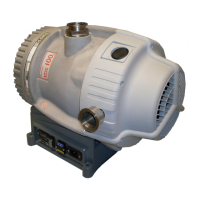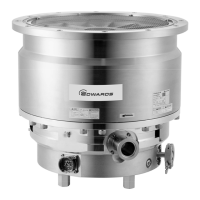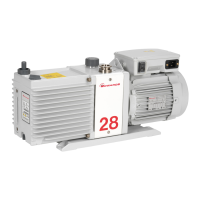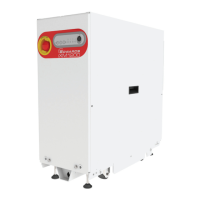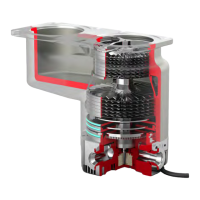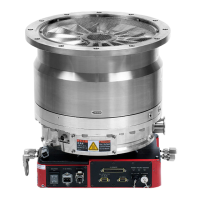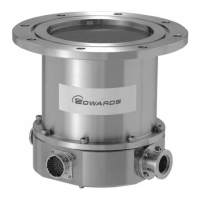© Edwards Limited 2010. All rights reserved. Page 21
Edwards and Edwards logo are trademarks of Edwards Limited.
Operation
A726-01-880 Issue M
4 Operation
4.1 Gas-ballast control (if fitted)
You can use the gas-ballast control to optimise the performance of the dry pump for your application. The
performance characteristics of the pump with the different ballast settings are shown in Table 2. You can change the
position of the gas-ballast control when the pump is off or when the pump is operating.
Use the gas-ballast control to change the amount of air introduced into the low vacuum stages of the pump. Use of
gas-ballast will prevent the condensation of vapours in the pump; the condensates would contaminate the pump. You
can turn the gas-ballast control to select one of the three positions, as follows:
To close the gas-ballast, turn the control to position ‘0’. Use this setting:
to achieve ultimate vacuum
to pump dry gases.
To select low flow gas-ballast, turn the control to position ‘I’. Use this setting:
to pump condensable vapours
to dilute process gases if required.
To select high flow gas-ballast, turn the control to position ‘II’. Use this setting:
to pump high concentrations of condensable vapours
to dilute process gases if required
to clear excess vapours after processing.
4.2 Start up procedure
A fine dust may be emitted from the exhaust of the scroll pump during start up, particularly when the pump is
new or if new tip seals are fitted. Refer to Section 5.6 for further information when fitting new tip seals.
Use the procedure below to start up the pump:
1. Ensure that any vacuum system isolation valve is closed.
2. Switch on the electrical supply to the pump, using the on/off switch on the motor.
3. Open any vacuum system isolation valve.
Ensure that your system design does not allow the exhaust pipeline to become blocked.

